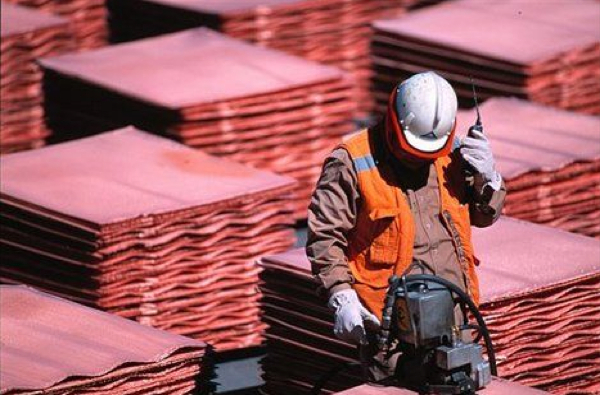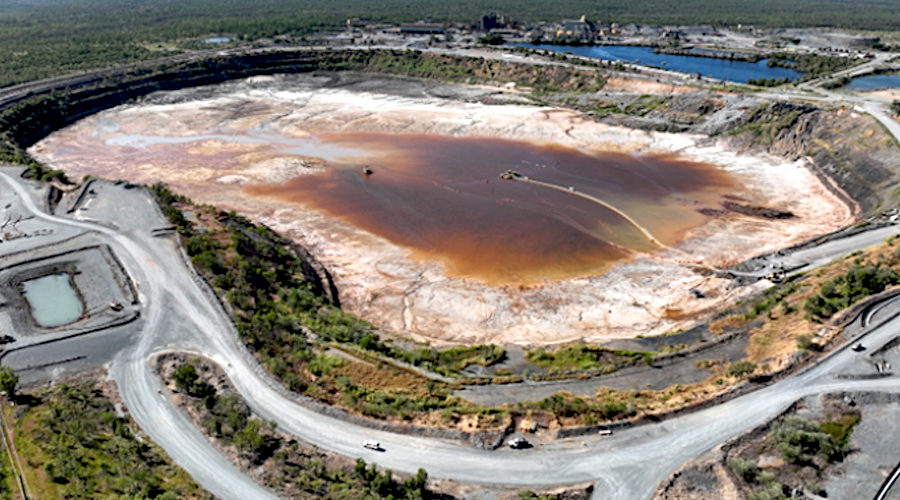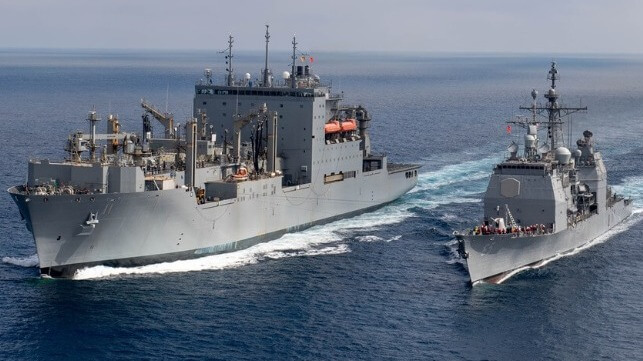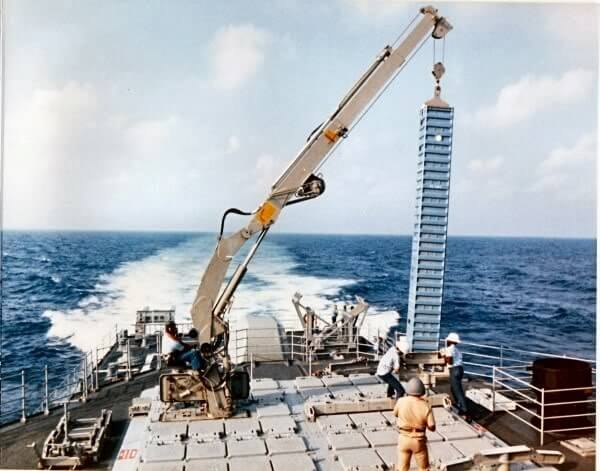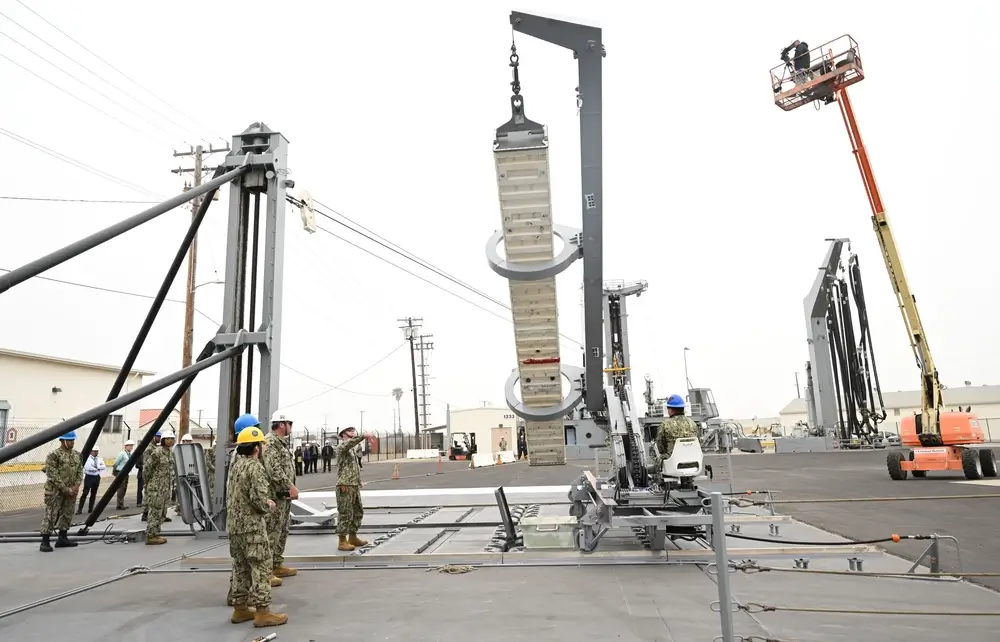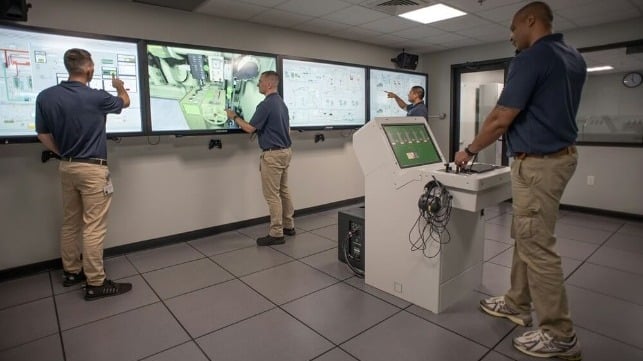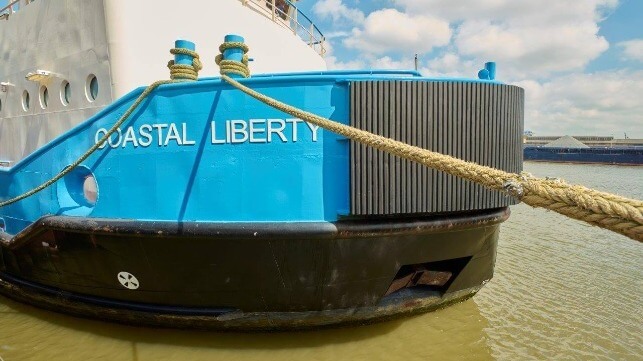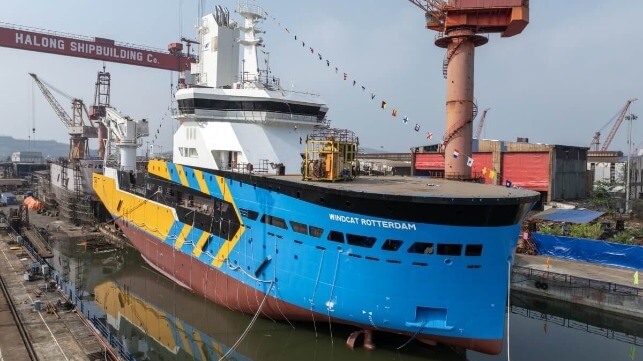One of the co-founders of the investing app Robinhood, has debuted the space solar power company Aetherflux.
The startup plans to build a constellation of Low-Earth Orbit (LEO) satellites that will use infrared lasers to transmit power to small ground stations on Earth.
The technology could supply 18 TW of power today and possibly 24 TW by 2050
Baiju Bhatt, one of the co-founders of the investing app Robinhood, has debuted the space solar power company Aetherflux. The startup plans to build a constellation of Low-Earth Orbit (LEO) satellites that will use infrared lasers to transmit power to small ground stations on Earth. However, the company has not divulged the specifics about its satellite plans.
“Space solar power can revolutionize energy distribution, especially where delivering power is expensive, challenging, or dangerous. Powering hard-to-reach places like remote military bases, islands, or areas hit by disasters unlocks new capabilities and advantages for our country. Long term, we want to deliver renewable and affordable energy, day and night, to power commercial or civilian use cases,” Bhatt wrote in a Medium post last week as he announced the concept of Aetherflux to commercialize space solar power as a renewable energy source.
A board member of Robinhood, Forbes estimates Bhatt’s net worth at $1.7 billion.
Solar Power From The Moon
If Bhatt’s idea sounds a bit eccentric, consider that other more exotic technologies that take wireless power transmission into new territories have been proposed. To wit, scientists have mooted the idea of beaming solar power from nearby celestial bodies such as the moon--where the sun always shines--to our planet. Although this sounds quixotic, scientists have actually established that it’s not only feasible but also economically viable.
Lunar Solar Power (LSP) arrays on the moon would receive uninterrupted, high energy density from the sun and beam all the energy via microwaves to any part of the globe facing the moon. Tens of thousands of receivers on our planet would capture this energy and use rectennae to convert it to electricity.
Related: Nigerian Producer Resumes Production Despite Rampant Oil Theft
The good part: Microwaves have little trouble cutting through the atmosphere while rectennae are known to rectify microwaves back into electric power very efficiently.
The main kicker: The technology could supply 18 TW of power today and possibly 24 TW by 2050; more than enough not only for the world’s electricity needs but also for its entire primary power consumption of ~15,000 Mtoe or 170,000TWh per year.
The bad part that the challenges here would be considerably harder to surmount.
These include the question of how to set up a lunar manned station for the purpose of supervision and maintenance, not to mention that the idea of constantly bathing the masses in microwaves is bound to offend some sensibilities.
Artificial Blowholes
It’s quite concerning that in this new age of renewable energy, tidal and wave energy have largely failed to live up to their enormous potential despite being regarded as a more reliable energy source than either solar or wind power. Thankfully, a Blue Energy revolution especially is now looking to change that with the EU targeting 1-3 GW for ocean energy by 2030 and 60 GW by 2050.
Luckily, the pace of innovation has been accelerating to make blue energy an everyday reality.
Australia-based Wave Swell Energy has been exploring technology that will generate renewable power by harvesting wave energy pushed through an oscillating water column (OWC), also known as an “artificial blowhole”.
In such a device, the movement of air created during normal wave oscillations spins a turbine that produces electricity. OWC really is a form of an artificial blowhole whereby an underwater chamber opens to the waves with an air cavern above the water in the chamber. The WSE OWC is unique in that it functions unidirectionally, rather than bidirectionally like all previous OWCs by incorporating simple flap valves into the OWC. The WSE setup is currently able to generate up to 200 kilowatts of power with plans for larger 1,000kW models.
Waves are naturally more consistent and predictable than other renewable sources of energy, allowing them to more easily complement existing fossil fuel baseload during the transition to a fully renewable grid.
China Wins Fusion Race
Meanwhile, China is looking more likely to upend its Western rivals by winning the race to build the world’s first practical nuclear fusion reactor. A small, relatively unknown Chinese fusion startup has been able to achieve what even France-based International Thermonuclear Experimental Reactor (ITER), funded and run by seven countries since 2006, has been unable to pull off. Shanghai-based Energy Singularity has effectively completed the engineering feasibility verification of high-temperature superconducting for its Honghuang 70 (HH70) tokamak device, giving China a first-mover advantage in the critical field of high-temperature superconducting magnetic confinement fusion. Energy Singularity has also become the world's first commercial company to build and operate an all-superconducting tokamak.
"The design work of the device began in March 2022, and the overall installation was completed by the end of February this year, setting the fastest record for the research and construction of superconducting tokamak devices worldwide," Yang Zhao, Energy Singularity's Chief Executive Officer, has revealed.
So, how did this little-known Chinese company manage to pull off in two years what ITER has failed to achieve in nearly two decades?
According to Yang, using high-temperature superconducting materials can reduce the volume of a device to about 2 percent of that of traditional low-temperature superconducting devices, allowing the construction period of the device to be shortened from ~ 30 years to just 3-4 years.
According to Yang, the company owns independent intellectual property rights of HH70, with a domestication rate of over 96 percent, adding that all of the device's magnet systems are constructed using high-temperature superconducting materials. Despite its commendable success, Energy Singularity is not resting on its laurels, with Yang revealing the company plans to complete the next generation high magnetic field high-temperature superconducting tokamak device dubbed HH170 with a deuterium-tritium equivalent energy gain (Q) greater than 10 by 2027. In nuclear fusion parlance, the Q value reflects the energy efficiency of the fusion reactor, that is, the ratio of the energy generated by the device to the energy input required to sustain the fusion reaction. Q values greater than 1 means the reactor generates more energy than what it consumes, which is essentially what fusion research has been trying to achieve in a commercial reactor for decades. Currently, the greatest Q factor that scientists have achieved is just 1.53.
By Alex Kimani for Oilprice.com


